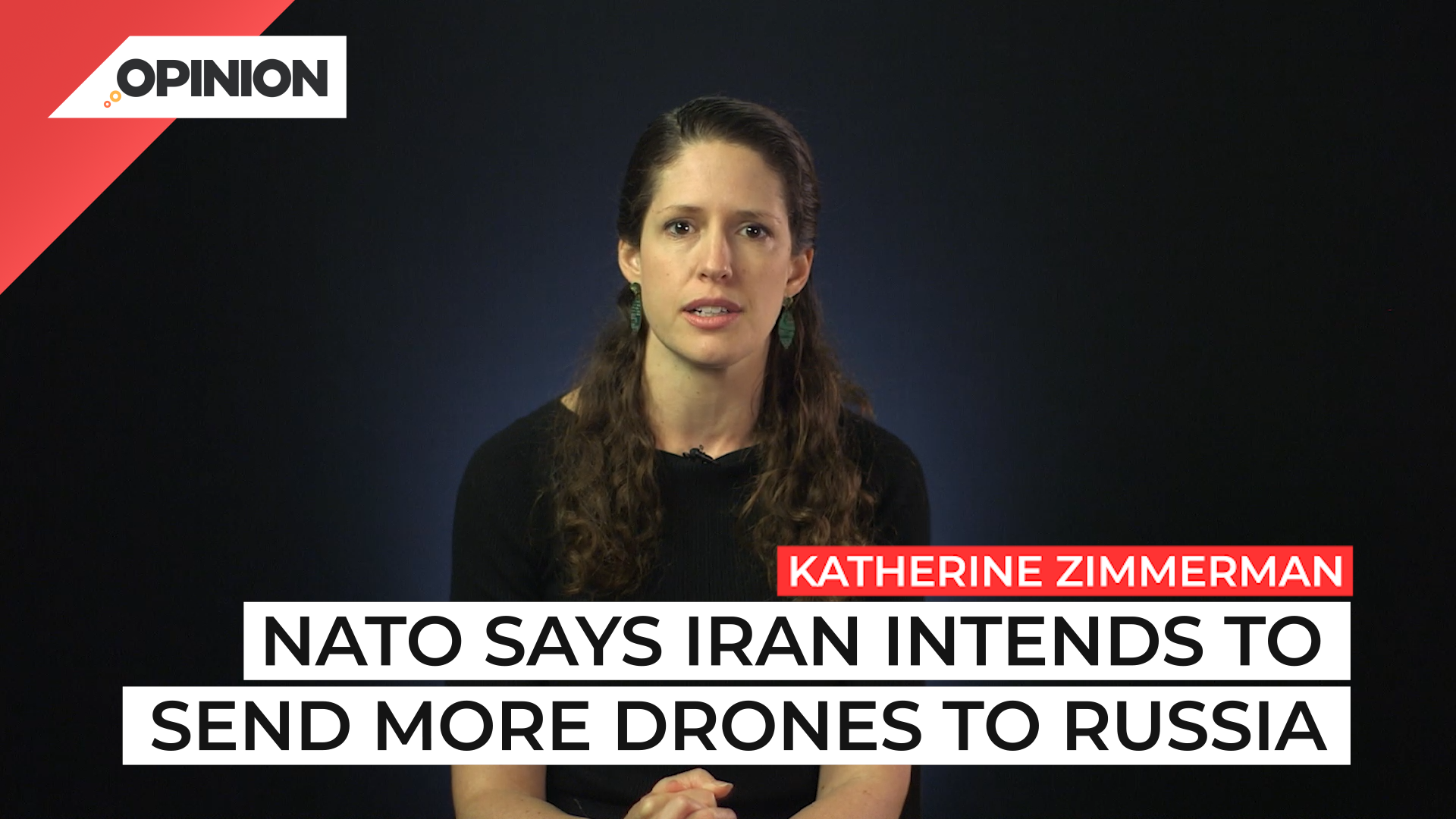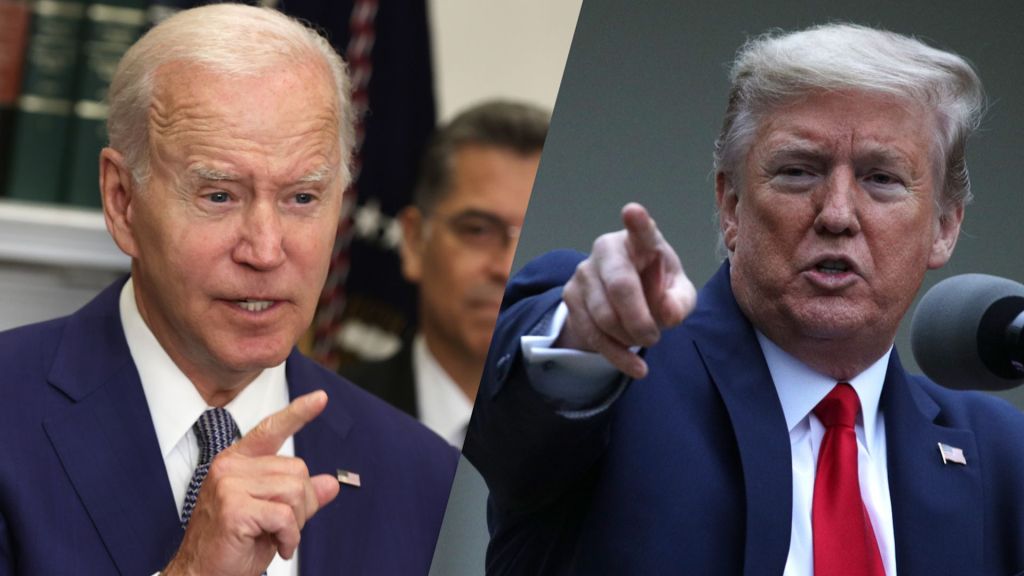
Commentary
-
Our commentary partners will help you reach your own conclusions on complex topics.
The Russian military is using Iranian drones in Ukraine. Reports began surfacing mid-summer 2022 that the Kremlin was interested in purchasing drones from Tehran and Tehran began sending Moscow some of its Shahed series drones and the Mohajer-6s drone by August 2022.
NATO security officials have said that Iran intends to send more to Russia. Ukrainian president Zelenskyy put the number at 2400 Shahed series drones. However, the ramifications of Russia’s use of Iranian drones stretch beyond the war in Ukraine. Iranian drones have proven to be a source of critical capabilities for Iranian forces and proxies in the Middle East. These include aerial surveillance and short and long-range strikes. The drones themselves use a composite of commercially available engines and dual-use technologies that make it difficult to disrupt parts procurement. They may not be the top of the line, but they work at a fraction of the cost of what is needed to defend against them.
The Shahed 136 is a loitering munition, meaning that it flies low and slow and is intended to crash into its targets, which is how it earned the moniker of a kamikaze drone. It is also relatively small, making it hard to find with radar. Combined with Iran’s Mohajer-6 drone, a drone operator can relay coordinates to the Shehad-136 from great distances, adding a long range precision strike capability. In late 2021, the Iranian military showcased a drone swarm attack with the Shahed-136, which can overwhelm air defenses. And its launchers, mobile and truck mounted, are difficult to detect and destroy before they fire. These are similar to the Scud launchers the US military hunted in Iraq in the first Gulf War, with little success.
Iranian non-nuclear proliferation within the Middle East has already transformed regional security dynamics. Tehran has given drones to Yemen’s Houthis for years, the Houthis innovated new tactics with these drones that Iranian-backed Iraqi militias began to use against U.S. military targets. The Houthi also target Saudi military and oil infrastructure with drones, testing longer range technology. The $1 million Patriot missiles used to shoot down the relatively low-cost drones are inexpensive and an imperfect solution to the drone threat. I warned to the rising threat from Iranian source weapons in March 2022. Iranian drones are not going to win the war for Russia and Ukraine. Far from it. They carry a small payload relative to most missiles, unable to cause significant damage to harden military positions. But this does not mean that they cannot be a useful tool for the Russians.
A key advantage of the drones is their price. Russia can launch more drones at a fraction of the cost of missiles, which is critical because the war has rapidly depleted the Russian missile stockpile. Iran’s Shahed-136 also allows Russia to strike fixed targets from far away, penetrating deep within Ukrainian territory from neighboring Belarus, for example. The question is how willing Iran is to continue to arm the Russian military, versus Iran’s own regional proxies. The benefit for Iran, in addition to currying favor in Moscow and the payments for the weapons, is that the Russian military is now battlefield testing Iranian technology in Ukraine against U.S.-supplied air defenses. Ukrainian air defenses have reportedly interdicting up to 80 or 90% of the Iranian drones, but those that are able to penetrate expose weaknesses and gaps that might be exploited further. Such research will only feed back into design and development of future Iranian drone technology. Perhaps it’s time for the United States and its partners to stop trans non-nuclear proliferation inside the Middle East and beyond.
-
US should help Yemen fight Houthis
Recent Houthi attacks on U.S. Navy vessels and U.S. counter-strikes against Houthi targets in Yemen have triggered a foreign policy debate on how the United States should proceed and on whether a larger U.S.-Houthi conflict might be imminent. Houthi leaders say that their aim is to impede Israeli trade and shipping, even though many of…
-
US must respond to threat from Iran-backed Houthis
Last month, the commander of Iran’s Islamic Revolutionary Guards Corps Quds Force told the head of Hamas’ military wing that Iran will do “whatever it takes” to support them in its war with Israel. Meanwhile, the Iranian-backed Houthi rebels in Yemen intensified attacks on commercial ships in the Red Sea, prompting U.S. warships to shoot…
-
US, Israeli counterterrorism policy must adjust after Hamas attack
Revered Israeli and U.S. intelligence agencies failed to detect the signs of an imminent Hamas attack on Israeli villages near the Gaza Strip. The surprise attack was planned within Hamas’s military wing and highlights both Israel’s intelligence blind spots as well as Hamas’s use of “old-school techniques” like in-person communication. Straight Arrow News contributor Katherine…
-
US must sustain pressure against al-Qaeda
The United States and its allies have severely reduced the capacity for al-Qaeda, the terrorist group behind the 9/11 attacks, to organize or carry out any large-scale terrorist attacks against the U.S. homeland. Recent U.S. intelligence assessments suggest al-Qaeda is weaker than ever in Afghanistan, while experts and international observers continue to warn that al-Qaeda is…
-
African coups demand US policy changes
A string of recent military coups toppling governments in the African Sahel, from Guinea to Sudan, poses new risks and challenges to the United States. France, formerly a key ally in African security affairs, has also massively reduced its forces on the continent, at times being chased out by pro-Moscow forces. Straight Arrow News contributor…
Latest Opinions
-
 Getty Images
Getty Images
More Dems signal willingness to save Johnson from speakership vote
-
 Getty Images
Getty Images
NASA worm returns as interest in space grows around the world
-
 Reuters
Reuters
SF DA seeks restitution for drivers delayed by Golden Gate Bridge protest
-
 Getty Images
Getty Images
Mexico disrupts China’s potential plan to infiltrate US EV market
-
 Getty Images
Getty Images
Free speech fight after USC cancels valedictorian’s speech
Popular Opinions
-
In addition to the facts, we believe it’s vital to hear perspectives from all sides of the political spectrum.


